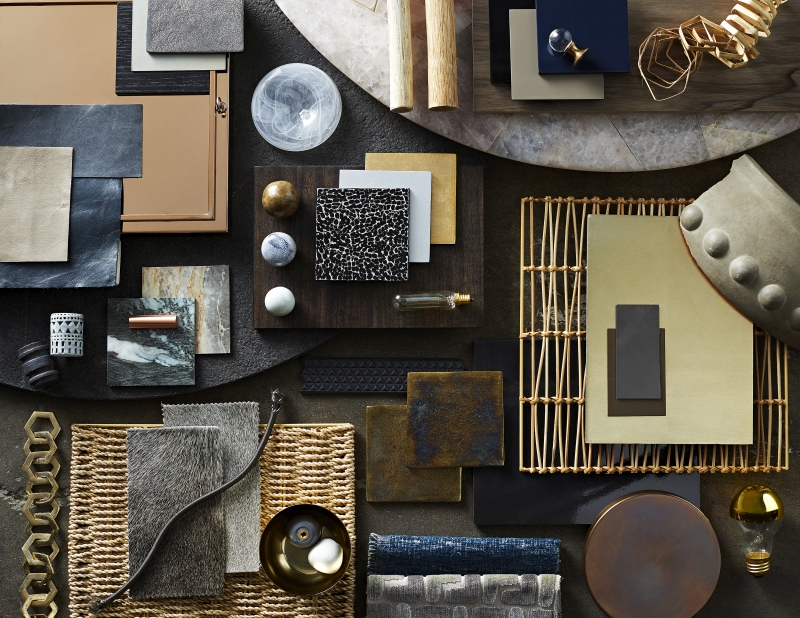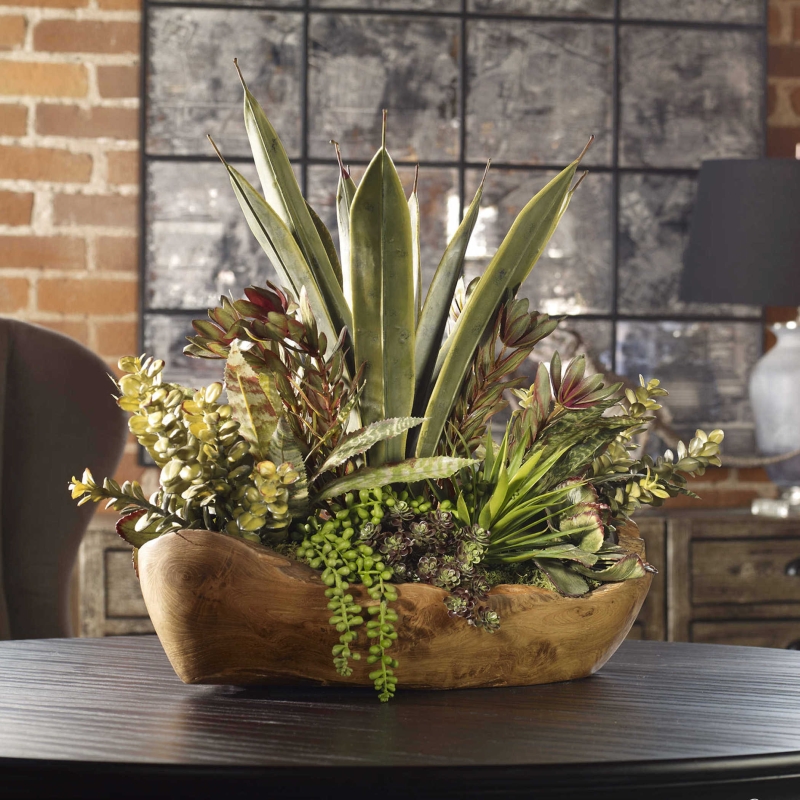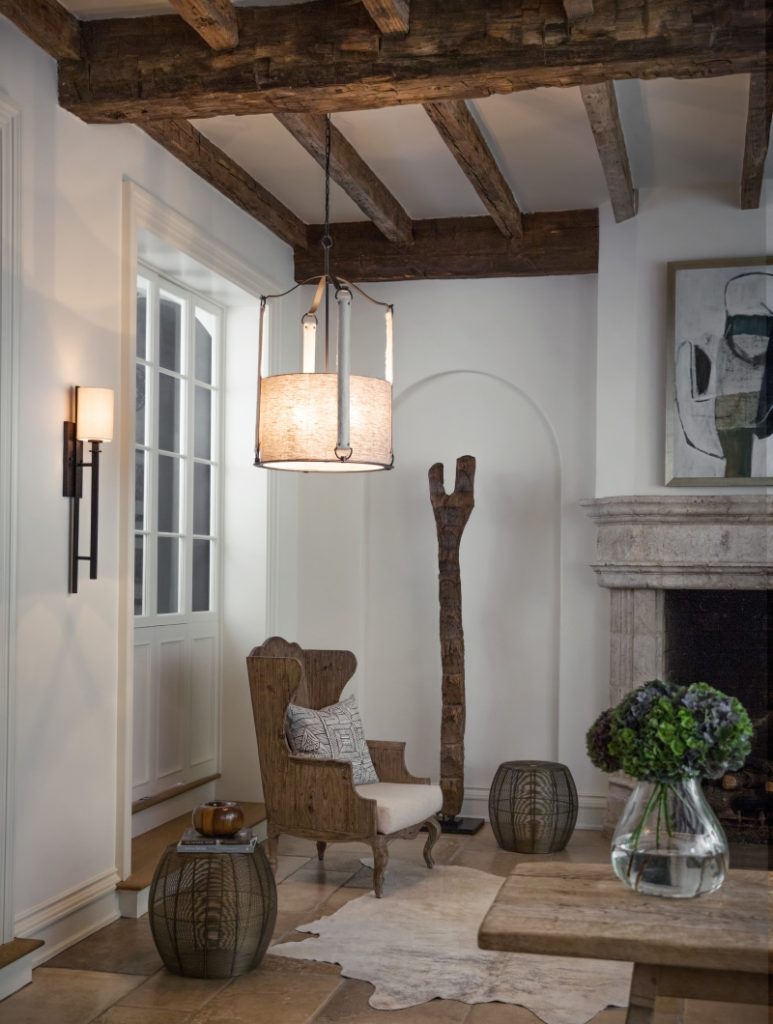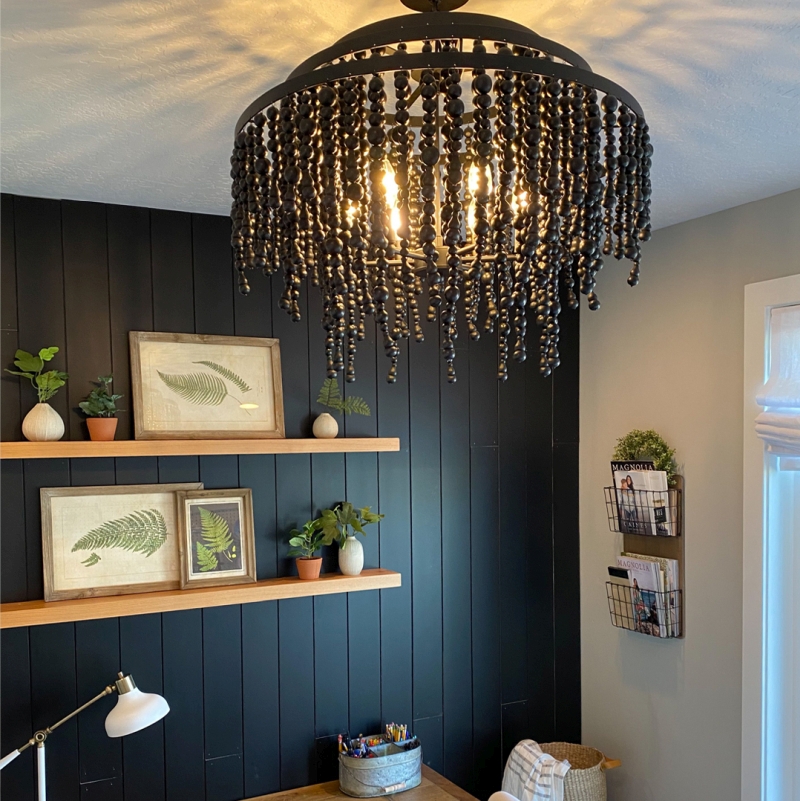In a world where people have been obsessed with presenting the best versions of themselves through filters and lenses on Instagram, TikTok, and Snapchat, it’s not surprising to find a trend for the antithesis of perfectionism growing.
The 16th Century Japanese idea of “Wabi-Sabi” is rooted in the spiritual acknowledgement that nothing lasts forever, nothing is truly perfect and nothing is final or complete. Some experts describe Wabi-Sabi as embracing simplicity and the beauty of naturally occurring flaws, such as one would observe in nature (i.e. a leaf of uneven color or asymmetrical veining) or products that are handmade from natural materials such as live edge tables, hand-thrown pottery, or uneven glazing on a vase.
“In Japan, they don’t talk about something being ‘Wabi-Sabi,’ it just is,” notes California native Melissa Leib, who is a certified Feng Shui consultant and well-versed in Wabi-Sabi from her years of teaching in Japan. She also runs a successful lighting sales agency (Leib & Associates) in California and combines traditional Feng Shui principles with a Western perspective in her architectural-based consultancy.
While there isn’t necessarily a direct translation for Wabi-Sabi from Japanese to English, the practice is widely interpreted as valuing the beauty of imperfection or viewing a “flaw” – such as a chip, crack, or mark – as more of an asset, giving the product more character and individuality.
Leib attributes some of the interest in Wabi-Sabi to the popularity of Minimalism, which also revolves around simplicity as a design aesthetic. There’s a calming, meditative element to Wabi-Sabi, which understandably holds appeal, according to Leib.
Handcrafted items – especially those with distressed, worn, or naturally rough or textured materials – evoke the Wabi-Sabi feeling by “imperfections that haven’t been glazed or polished away,” Leib states. “Natural product is not always perfectly symmetrical. Wabi-Sabi is a viewpoint of understanding (and valuing) things that are imperfect. There is an acceptance that this is how life is.”
Leib and other experts point to the classic Japanese tea ceremony as embodying the Wabi-Sabi principles. “Each cup is just a little bit different,” she explains, adding that chips and worn surfaces only further the appeal.
When it comes to interior design, Leib finds the Wabi-Sabi approach is more about the deliberate mix of new with old. “It’s taking those older pieces in the home, ones that have a history and are noticeably worn, and blending them into the décor,” she says.
While there can be an austere look to Wabi-Sabi, there is an admiration of its simple beauty and the sense of calmness it generates. A teak side table, a table lamp with contrasting finishes, or an asymmetrical chandelier or floral arrangement can all have Wabi-Sabi elements by offering texture and a natural roughness. It’s the lived-in look of these items that lend a casual sophistication to the room.
It’s important not to overdo it, Leib cautions. Too much asymmetry can lead to a sense of unbalance. “If everything is asymmetrical, there’s nothing to contrast it with to give balance,” she states. When bringing elements of Wabi-Sabi to their clients’ homes, interior designers are encouraging repurposing items the clients already have or introducing ones that have been upcycled from their original use. “It’s about being deliberate with what you’re putting into the space. Every piece is useful,” she says.
“You can’t go overboard with Wabi-Sabi or you’ll lose the whole sense of design. It would be like going into grandma’s attic and pulling everything out. It has to be purposeful,” Leib comments. The older pieces should have an interesting characteristic or personal significance in order to be meaningful to the aesthetic.
Just like Feng Shui, Wabi-Sabi calls for an uncluttered look. “In Japanese design, they have a lot of negative space, but they use everything within that space. Their walls aren’t covered in art and there aren’t a lot of tchotchkes,” Leib states. “The fabrics and upholstery might have texture, but not necessarily primary colors or busy patterns. The furniture pieces have a sense of ‘calm’ and are typically monochromatic, although accent pillows might be in a natural color like bamboo green. They don’t go crazy with color; the colors used are often connected with nature. With Wabi-Sabi, there is a desire to bring nature close to you.
Besides its inherent beauty, natural elements have an impermanence to them that is central to the notion of Wabi-Sabi. “Everything in nature eventually breaks down and deteriorates, while plastic is forever,” Leib explains. Embracing the transience of natural materials is part of the Wabi-Sabi philosophy.

If you are looking to bring the essence of Wabi-Sabi into your home to amplify the feeling of inner tranquility, seek out natural materials and distressed textures in table lamps, lighting fixtures, tables, chairs, rugs, and other elements of home décor.
Wabi-Sabi suggestions:
- Trade Winds Mansfield chandelier
- Savoy House Westbrook linear chandelier
- Kichler Brisbane chandelier
- Arteriors Evers pendant
- Cyan Design Gladwin pendant
- Sea Gull Spruce sconce
- Currey & Company Innkeeper table lamp
- Uttermost Tamula table lamp
- Arteriors Wichita floor lamp
- Cyan Design Stewart candlestick
- Uttermost Teak Root cube
- Arteriors Nantucket bowl
Read more about the latest in lighting and design trends:







March 31, 2021
[…] Wabi-Sabi: How to Balance the Imperfect at Home […]
October 5, 2022
[…] pieces are ever alike. This makes alabaster lighting perfect for people who are attracted to the perfect imperfection of […]